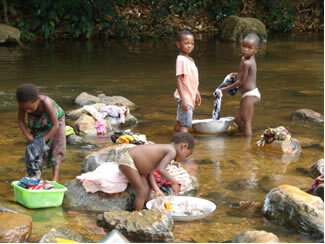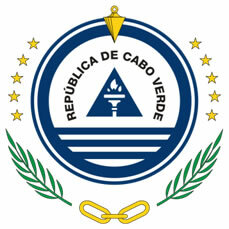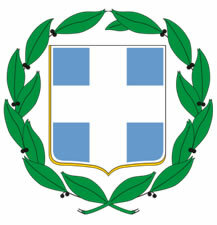Hungary is a European country that does not have access to the sea, its territory is limited to Slovakia, to the north; with Austria and Slovenia to the west; with Croatia and Serbia to the south; with Romania to the east; and with Ukraine to the northwest.
Much of the territory has a flat topography, with the plains prevailing, with altitudes that do not exceed 200 meters above sea level, the highest point in the country is located in the northeast region of Budapest, the place is called the Kékes mountain (with 1,014 meters).
The main rivers in the country are the Danube and the Tirza, being the first navigable for 418 kilometers in Hungarian territory. In Hungary there is a large lake, Balaton, which covers an area of 592 km², considered the largest lake in Central and Eastern Europe.

City of Budapest, capital of Hungary.
Do not stop now... There's more after the advertising ;)
As for the climate, what prevails is the temperate, continental type with hot, dry summers and cold, rainy winters. The average annual temperature is 9.7°C, and the average rainfall is 600 mm per year.
Ethnically, the people are made up of Hungarians, although there are ethnic minorities, such as Roma, Germans, Slovaks, Croats, Romanians, Ukrainians and Serbs, who speak Hungarian.
Most of the population is Christian, divided between Catholics (majority) and a significant number of Protestants.
Useful information
Name: Republic of Hungary.
Coat of arms of Hungary:

Capital: Budapest (with approximately 1.7 million inhabitants).
Government: Parliamentary Republic.
Entry into the European Union: May 1, 2004.
Territorial area: 93,030 km².
Number of inhabitants: Approximately 10 million.
HDI (Human Development Index): 0.805 (very high).
Life expectancy: 73 years.
Infant mortality: 8.57/thousand births.
Currency: Hungarian guilder.
Official site: www.magyarorszag.hu
By Eduardo de Freitas
Graduated in Geography
Brazil School Team
Countries of the world - geography - Brazil School



